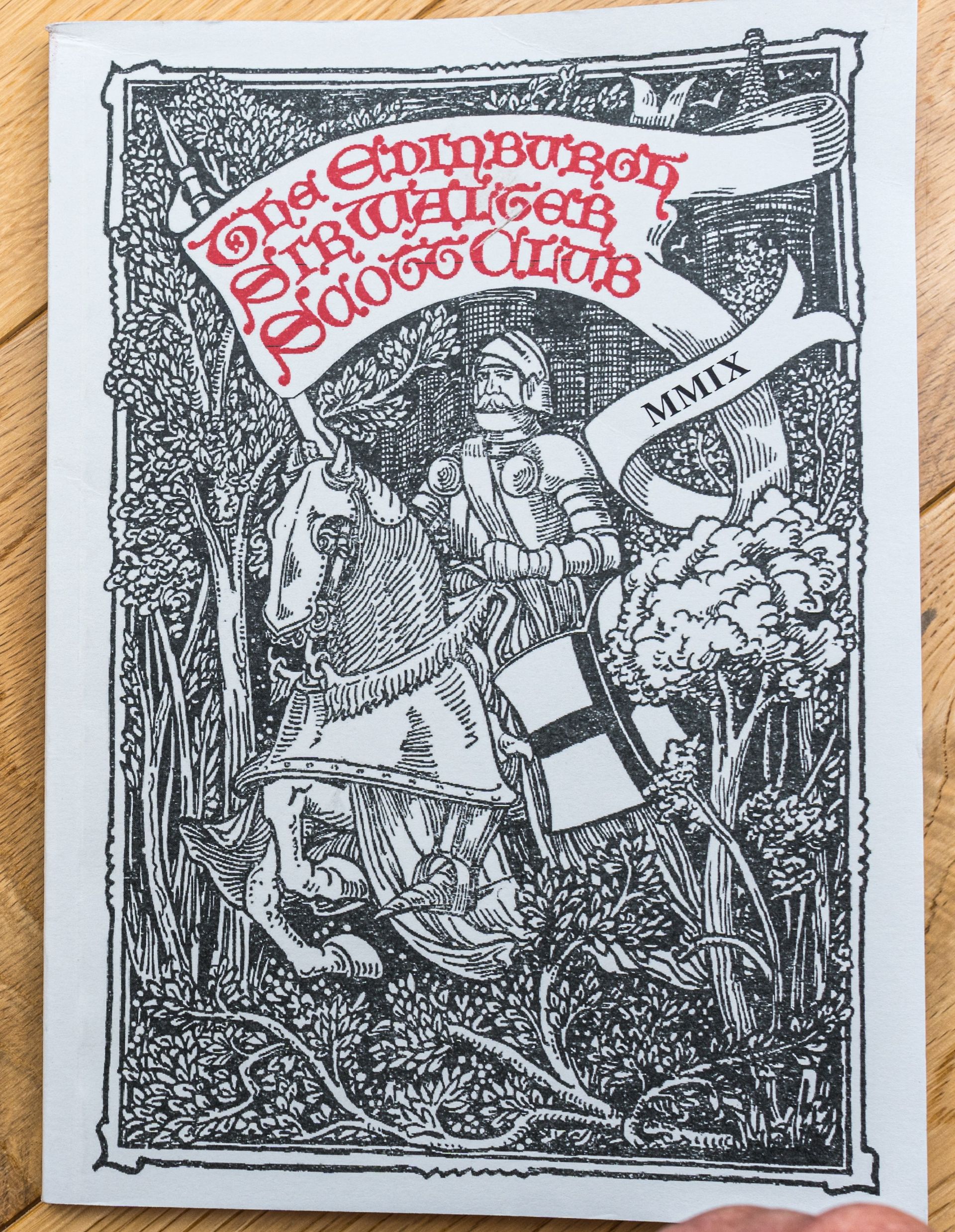Scott and Satire
Thursday 6th November 2008
Summary of the Talk:
This talk explores the satirical attacks on Sir Walter Scott, particularly how his literary fame made him a target for parody and mockery during the Romantic period. Despite the era's generally serious tone, satire was a prominent literary force, with writers often ridiculing each other. Kelly highlights how Scott, despite his massive success, became a central figure in this satirical culture.
- Scott as a Satirical Target: The piece outlines the numerous satirical works directed at Scott, including Byron’s English Bards and Scotch Reviewers (1808), where Byron criticized Scott’s commercial success and poetic style. Other works included The Lay of the Scotch Fiddle, The Caledonian Comet, and Sir Albon, all of which ridiculed Scott’s narratives, politics, and public persona.
- Scott’s Response: Scott’s reaction to these attacks was often measured and dismissive, as illustrated in his letter to his friend Morritt, where he claimed not to be affected by the parodies. His self-assurance contrasts with his financial struggles, as noted by Byron and others.
- Satires Beyond Scott: Kelly discusses how satirical works, like Marmion Travestied and The Lay of the Last Minstrel, Travesty, used Scott as a vehicle to mock not only his works but also the culture and politics of the time. For example, some parodies focused on Scott’s obsession with topography and antiquity.
- Scott’s Politics: Satirical critiques often took aim at Scott's political views, with some satirists mocking his ultra-royalist leanings and perceived hypocrisy. A notable satire is Leigh Hunt’s The Feast of the Poets (1811), which humorously criticized Scott's political conservatism.
- American Satire: One of the most notable and unique examples discussed is James Kirke Paulding’s The Lay of the Scottish Fiddle (1813), an American satire that parodied Scott’s work, particularly his footnotes and editorial practices. This is seen as a clever and critical response, as Paulding not only mocks Scott's style but also parodies his method of historical narrative.
Interesting Points:
- The persistence of Scott’s literary legacy and his role in shaping national narratives led to his prominence as a figure of mockery, especially from peers who sought to critique the commodification of poetry.
- The variety of satirical approaches, from direct mockery of Scott's characters to playful deconstructions of his footnotes, reflects the complex relationship between Scott and his critics.
- The American perspective on Scott, particularly Paulding’s satire, introduces a layer of transatlantic cultural exchange in literary criticism, which is often overshadowed by more traditional British critiques.
This piece illustrates how Scott's literary success made him both a revered figure and a target of irreverence, highlighting the tension between his popularity and the scepticism it provoked in some quarters.
Download the [transcript] or read the [bulletin]

Download the [transcript] or read the [bulletin]


